You’re a fan of stitch – by hand or machine. But, for most textile artists that’s not where the story ends. Adding techniques such as appliqué and digital printing, along with embellishments like silk cocoons and shimmering vintage fabrics, give texture and depth, turning a simple embroidery into a more diverse and complex fabric.
Nigel Cheney is a master, not only of these techniques but of storytelling too, with subjects ranging from nature to history. Through the juxtaposition of imagery, stitch and texture, Nigel creates dramatic, luscious textile surfaces that are sure to lure you in.
A lifetime love affair with stitching has seen Nigel traverse more than two decades of lecturing in embroidered textiles and a further decade of sharing his expertise in workshops. Experience has given him an innate feel for creating art full of texture and detail, synergistically blending realism with imagination.
Nigel still gets a thrill at the sight of stumpwork and a buzz at the hint of an eBay bargain. That’s why he’s a self-confessed hoarder, whose passion for all things stitch and haberdashery you may just find infectious. If you relate to his overflowing pile of unfinished objects (UFOs) and a loft that’s groaning with fabric waiting to be loved, you’ll love reading about this textile artist’s obsession with stitch.
Past inspirations
TextileArtist.org: Can you tell us what initially attracted you to textiles as a medium?
Nigel Cheney: ‘There is a family connection to the garment manufacturing industry, so cloth and sewing machines were always around me. I remember seeing a screenprint of sunflowers on hessian with chunky wool French knots in school at the age of 12. The thought repulses me now but back then I was in awe.
I clearly remember my first trip to the Victoria and Albert Museum study rooms and just wanting to live there. I love the skill evident in historic and traditional embroidery. I wrote my undergraduate thesis on 17th century embroidered caskets and stumpwork still gives me a thrill.



What or who were your early influences?
My art teacher was the single greatest influence in my work. Not necessarily by her own practice but by the doors she opened for me, and her encouragement to go forward and explore. I would be nothing today without the belief in myself shown by Mrs Vanessa Edison-Giles.
I was of course completely unaware of how lucky I was at the time but I quietly despair at the pressures on school teachers and students nowadays. I just know I would never have had that freedom today and, no matter how much they may want to, teachers are unable to provide that kind of learning environment.
Sometimes I wish I knew less about art and design. I know that I am rarely able to enjoy anything visual without going through a checklist of criticism. It’s a total buzz kill. I wish I still had the visceral response to seeing something that I had as a teenager. For example, I love listening to music of all genres but have an absolute ignorance as to the technical skill that’s involved, its place in culture or why there might be wrong notes. I simply like it or I don’t.
At the moment I am obsessed with JC Leyendecker’s illustrations. I don’t think their influence on my work is obvious but it provides a framework to hold myself to in both work ethic, draughtsmanship, colour, storytelling and composition. The graphic design of Vaughan Oliver for the 4AD record label remains a primary reference in terms of surface, layering and image.


Memory and narrative
We’d love to know what’s currently inspiring you, and why?
My work always revolves around constructs of memory and narrative. I find myself telling stories through the juxtaposition of images, colour, texture and fabric. It can be simplified into two very different strands.
One is perhaps more nostalgic and is in response to archives. This often uses text, ephemera and photographic sources and is normally on a commission basis where I am given a specific brief.
Recently I extended my interest in The First World War to work in conjunction with Dr Jo Horton and her project More than a Uniform, looking at the history of the Women’s Royal Navy. This work involved stitch workshops with the Royal Greenwich Museums and various different stitch groups to produce wearable pieces, as well as large scale wall hung textiles.
The second responds to the flora and fauna of the environment around me. From British wildlife to more fanciful and exotic birds. I have spent a lot of energy working on dogs, foxes, hares, kingfishers, wrens and owls in particular. These form the basis of workshops and often result in work for exhibition.
I begin with detailed drawings and abstract mark making. I use the computer to develop how these can be layered into a digital image to be printed on varying substrates. I tend to make complex fabrics that incorporate vintage textiles and haberdashery alongside digital prints. The biggest inspiration is texture and detail, and the challenge is how to navigate the tensions between realistic and painterly qualities.


Tell us a little about how you plan and create your work.
Drawing is an essential part of my process. It may be a doodle on a Post-it to communicate to someone else. It may be a detailed graphite rendering or it may be computer manipulation, but somewhere in the process there is a response before I ever get as far as cloth and thread.
I often work directly from my photographs, such as those of Aztec carvings and museum artefacts from a visit to Mexico. I ended up looking at photos on screen and drawing the shapes on the computer in Adobe Photoshop.
The work has many stages and I’m often working on multiple projects simultaneously, switching between these based on external deadlines, waiting times for delivery of materials and prints, or alternating from stitching to drawing due to physical pain. Sewing for weeks on end leaves me with bloody stumps on at least two sewing fingers and I try to swap between weeks of drawing and weeks of sewing. Painting is a fair weather activity as I can only make that kind of mess outside.
In terms of important stages, I can list these as: researching, collecting and buying, responding through painting and drawing, digitising, outsourcing printing, composing with cloth to establish a structure, stitching grounds, and stitching detail with a variety of simple hand stitches and machine work.
These stages don’t always happen in such an exact order but I think they are all part of everything I make. Sometimes I just have to put a piece away out of sight as I can’t work out why it’s just plain wrong. A bit of distance is good in any relationship.


Charity shops and eBay
What fabrics, threads and other materials do you like to use?
I like fabrics that have enjoyed a life. I have no hierarchy. Whether it’s a scrap of polyester or a vintage piece of silk, it either speaks at that particular moment or it doesn’t. I like to digitally print on plain cotton as I feel the softness of the colour often acts as a shadow to the stitching, though I might decide to print on a georgette or a silk if it’s appropriate.
I love sewing with Perle No 8, however, sometimes it’s just too thick and I work with a single strand of machine thread. I prefer matt to shiny. In terms of cloth, I love the fabric that people give me but still seem to spend far too much time and money on eBay.
‘Scarves from charity shops are irresistible. I’m sure the assistants behind the counter must assume I’m maintaining a drag persona.’
Nigel Cheney, Textile artist


Frugality with textiles
As sustainability and environmental awareness is becoming increasingly important, how does this impact your work?
Please don’t hate me but I have little confidence that the world can be saved. However, I don’t see any reason to hasten decline by what I do. I don’t remember making with cloth ever being divorced from a reverence, respect and frugality with even the most humble of materials. That two inch strip off the bottom of the curtains might come in useful someday. Things can be mended, altered and repurposed. Never just thrown away.
I’ve seen a duality in education between students very much educating me and applying their principles to every aspect of their lives, studies and art work. I’ve also seen those who just don’t want to engage or are deliberately interested in an extravagance and opulence that feels like a 17th century aristocrat on a bender.
‘I find it incomprehensible that you can hold a piece of cloth in your hand and not interrogate its sourcing and production. It’s an inherent part of its narrative.’
The consequence is I’m a maximal hoarder and can never be a minimalist. I rarely purchase new fabric unless it’s at least sourced from dead stock or that I’ve had digitally printed where I account for every square centimetre of a print run, saving cut offs and selvedge.
‘I suppose I think of cloth like a dog. There are no bad dogs. It’s always the owners. There is no waste fabric, just someone not creative enough to know what to do with it.’
I know I need a multitude of materials in front of me. I can’t design from a poverty of research, materials or threads. I just hope I live long enough to use all my treasures, or that someone else will see their potential when I’m gone.
Is there a piece of your work that holds particularly fond memories?
The piece I made in 2020 for the Vlieseline Fine Art Textile Award (which of course didn’t win but hey ho) of a pair of gibbons entitled Couple Goals holds a special place for me. Perhaps because it didn’t win. Someone needs to love it. Partly as it was sewn during that first lockdown when all there was to keep me sane was needle and thread.
The gibbons are from Monkey World in Dorset and now that Ella (the female) is no longer with us and Fox (the male) has moved on to a new lady I feel it so perfectly talks of immigration, hope and making the most of every moment.


Stitching structure
There’s never enough time to get everything done! How do you organise your working week?
At the end of the day, I see that every five minutes stitching is five minutes further along. I spent many years at work timetabling an entire department within minutes of activities up to three years in advance. I see myself now as a full time carer for my elderly parents and handicapped sister, with the need to make things to keep relatively sane. Obviously, there are external deadlines and prompts and I do relish a clear plan where a deadline is a week after I’ve finished. I can’t do an all nighter.
Pacing myself is vital. I always have a structure that works backwards from those dates. I have found I need to commit to an aspect of my process for at least a week. My other commitments mean I block out two mornings a week, always allow flexibility for when I’m needed, and see the rest of the week as a unit rather than hours to timetable. I say to myself ‘by the end of this week I would like to have achieved this’. If I’m not there, the first question is ‘do I need to be?’.
I have talked to lots of artists and makers about their practice. College can instil a value system where it becomes the entire definition and appreciation of your self worth. The responding outcome is that if the work isn’t going well you are simply a worthless, disastrous person. I found it helpful to listen to people who encouraged me to think of that part of myself as separate, indeed as a dear friend, who you wish the best for and will support them in times of difficulty rather than being mean.
I may spend a few weeks on a body of drawing and then follow that with a week of sewing on a different project. I have to have several irons in the fire or I will obsess over one tiny thing and let it suck all the joy from making it. I tend to work on a series. I find that, as ideas change, the pieces are more successful when they talk to each other.
‘Rather than getting stuck, I just leave a piece to have a word with itself and I ignore it while I give my attention to something else.’
Stepping back makes critical decisions so much easier. I work from the family home, so everything needs to be condensed and put away each day. I’m forever negotiating temporary space and relying on an expansive loft to store everything. I’m not sure I could cope with the luxury of a beautiful studio where I could just leave things out.
What advice would you give to an aspiring textile artist? Is there anything in particular that has really helped you to move forwards in your work?
Trust yourself. I am a hopeless worrier. Sometimes I think it’s that anxiety that I harness in a positive way to just keep sewing. Stitch by stitch.
‘In one lifetime you can’t learn every textile technique. Let your work evolve. Be patient and work as hard as you can. Understand the difference between the speed at which paperwork and research ideas can develop, and the slowness to actually realise those ideas in cloth.’
I remember how impossible it was to actually see contemporary work without getting on a train for the rare exhibitions that were available. Now the world is literally your oyster. It is important to not be intimidated. I know there are many incredible artists who work with the same themes, techniques, colour palettes or materials that I do. I’m old and ugly enough now to know that what I do is mine and any similarities to others are a sign that maybe what I’m doing has some relevance.


UFOs and reptiles
Which direction do you think you’ll take in the future and how do you think your work will evolve?
I suppose I am becoming more interested in resolving complex compositions using the individual elements that I draw. I know I will be sewing on this one large triptych (The Three Fates) for at least the rest of this year.
Next year is going to be about reptiles. I’ve made that commitment for workshops so I know that has to happen. I will continue to explore the tensions between more painterly surfaces and detailed draughtsmanship. I know I can’t find the time and space to throw paint around till the weather is warmer and the current workload finds a window, but it will happen. The work I did with colour last summer has proved so valuable and invigorating.
I’m always open to what external drivers come along in the way of random invitations, archival projects and new briefs. I’m listed on several funding applications by other artists and researchers but I will worry about how I make that work, if and when it happens.
The UFO (unfinished object) work in progress basket is very full and the loft is groaning with fabric that needs to be loved.



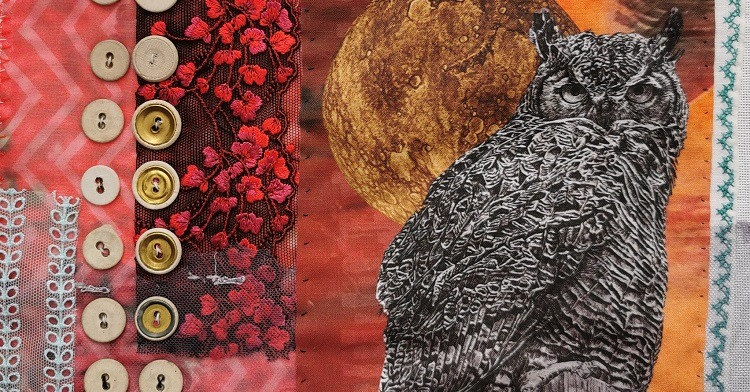
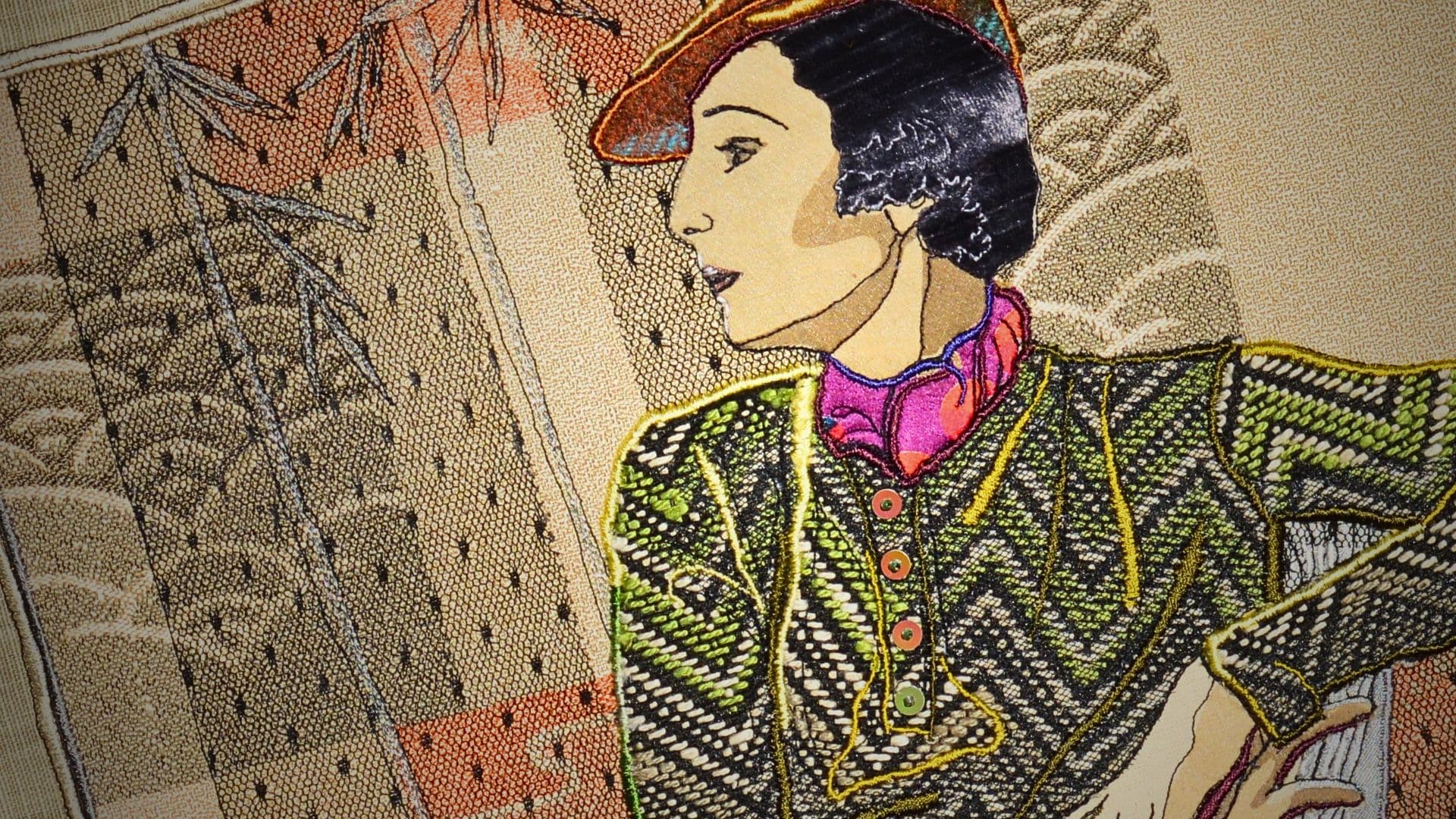
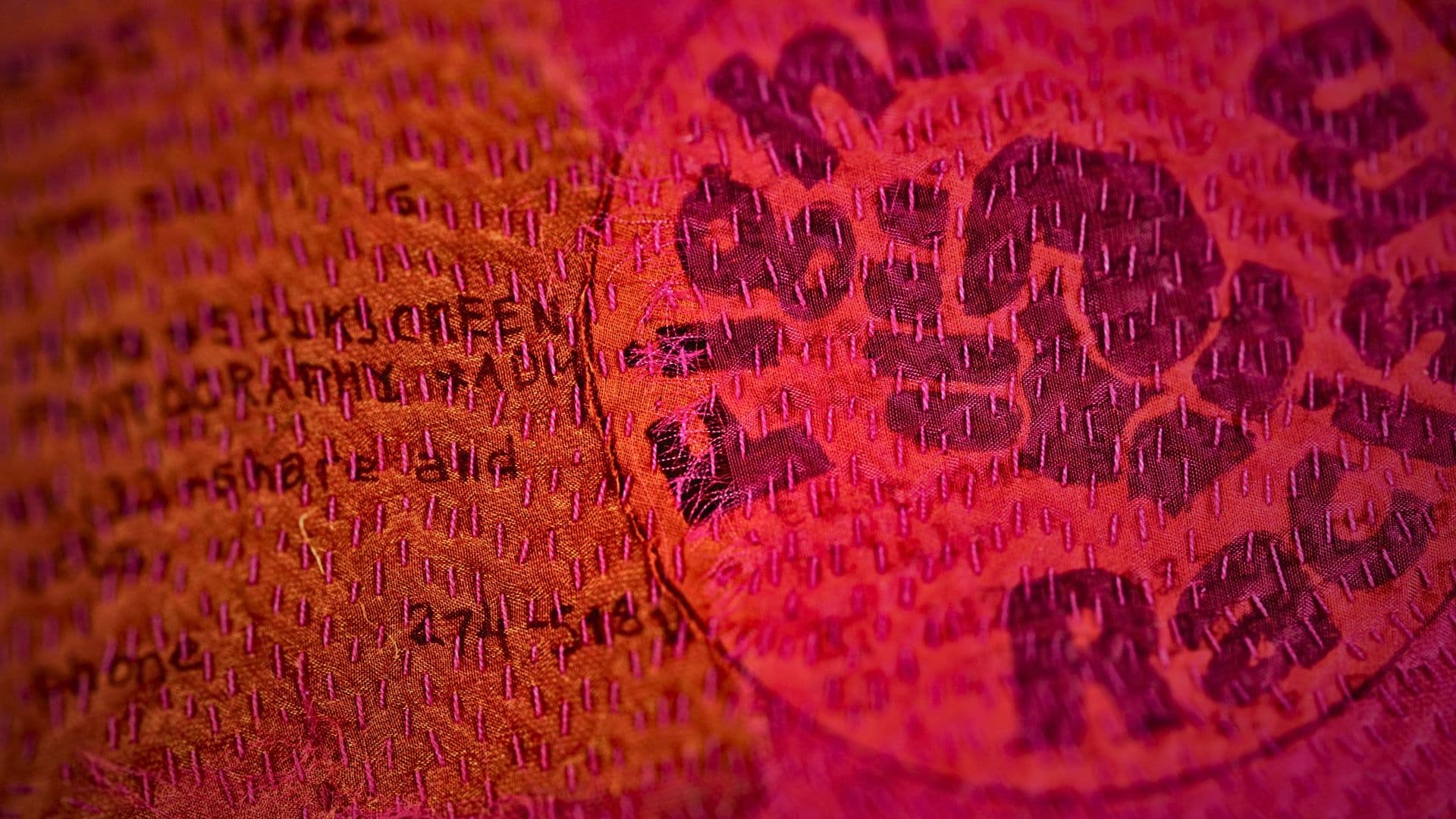
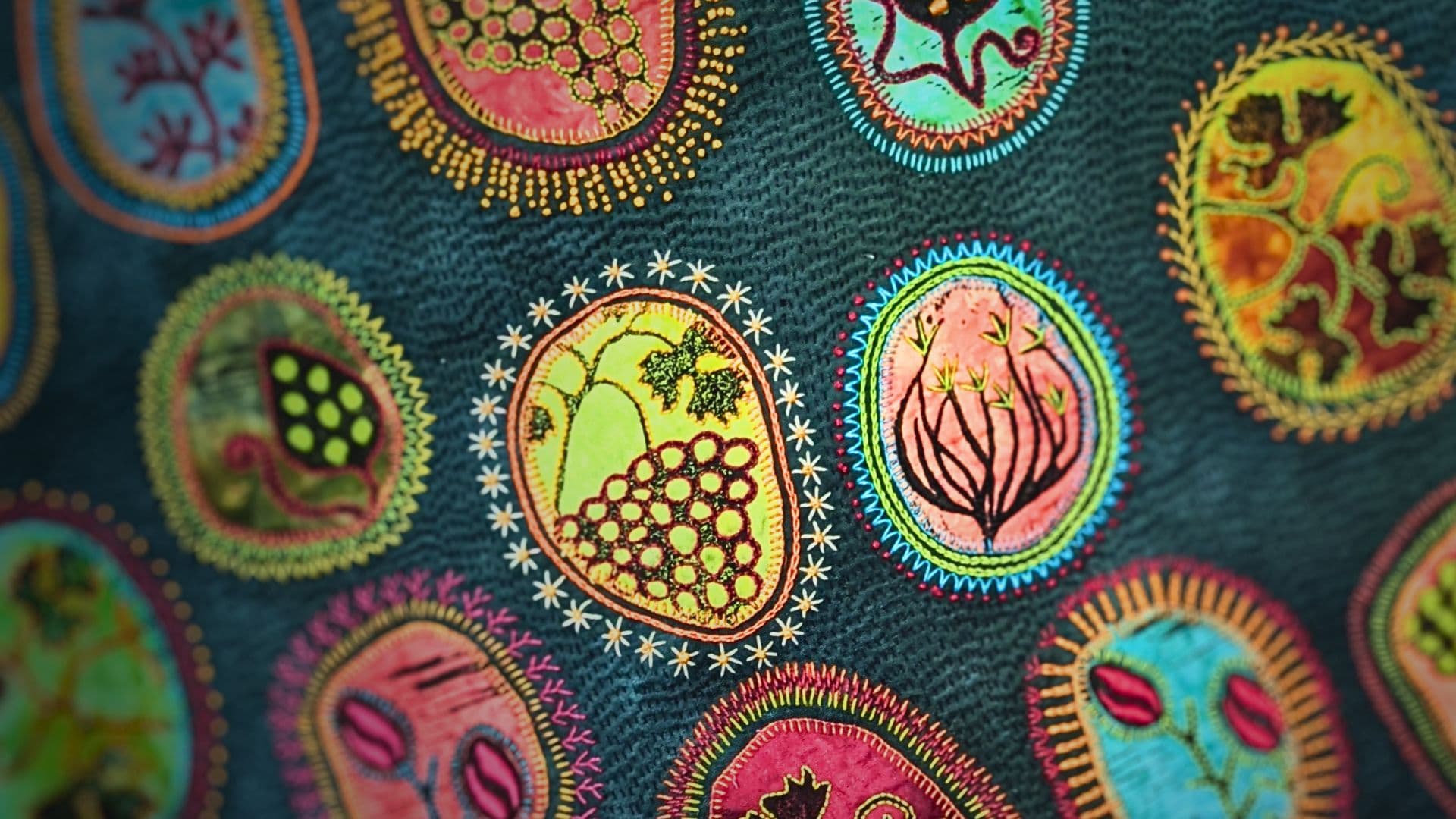
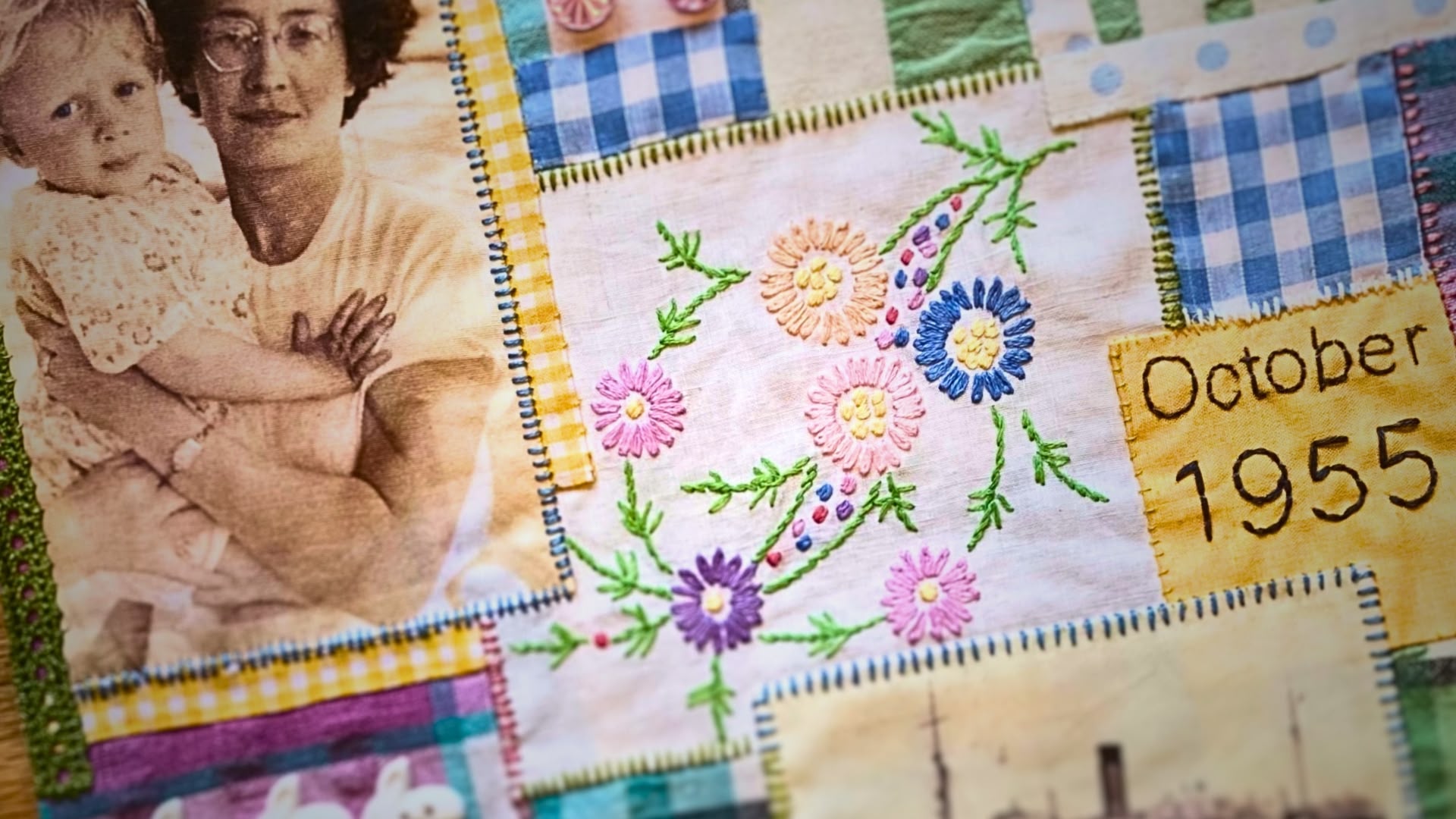
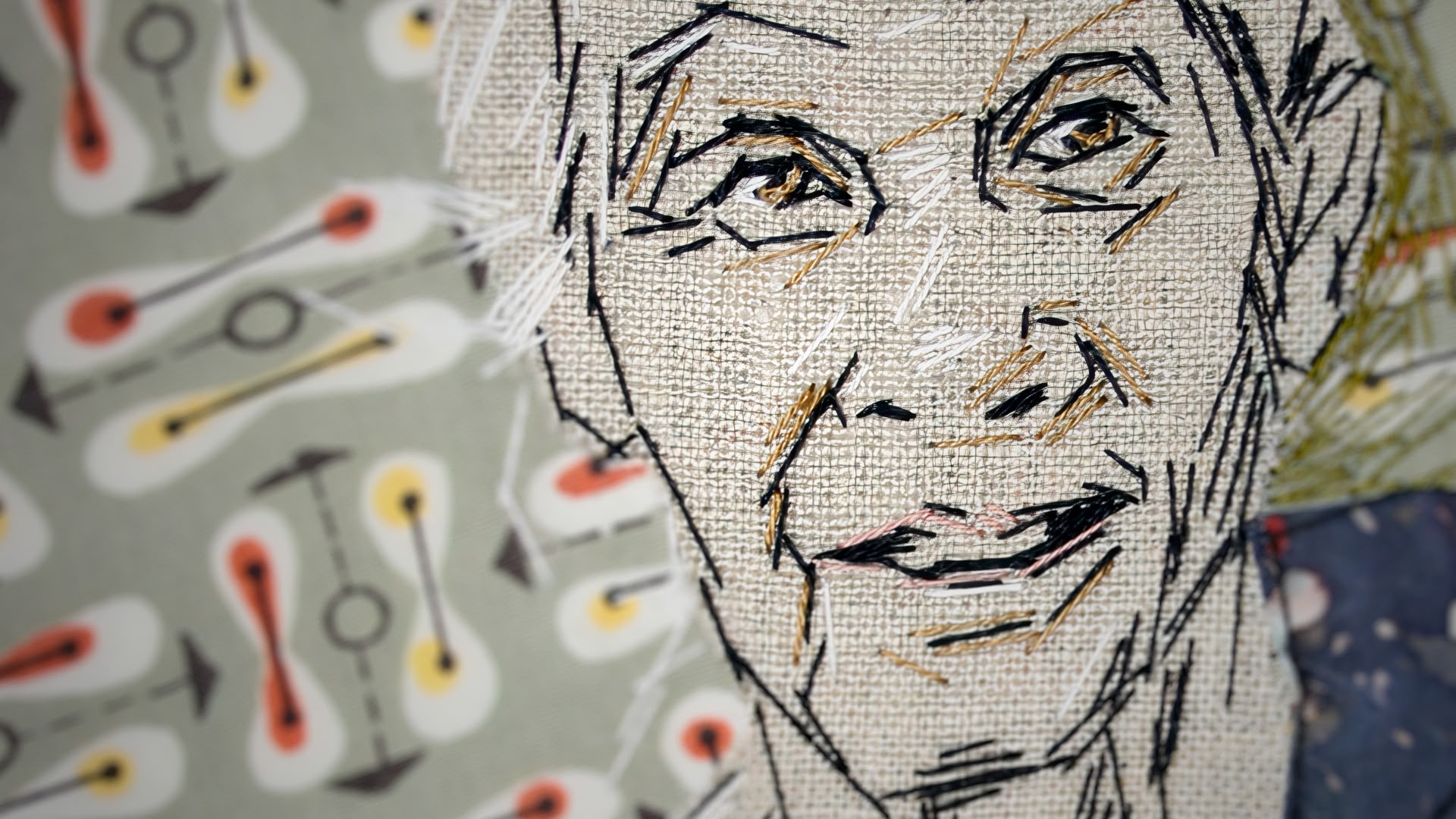
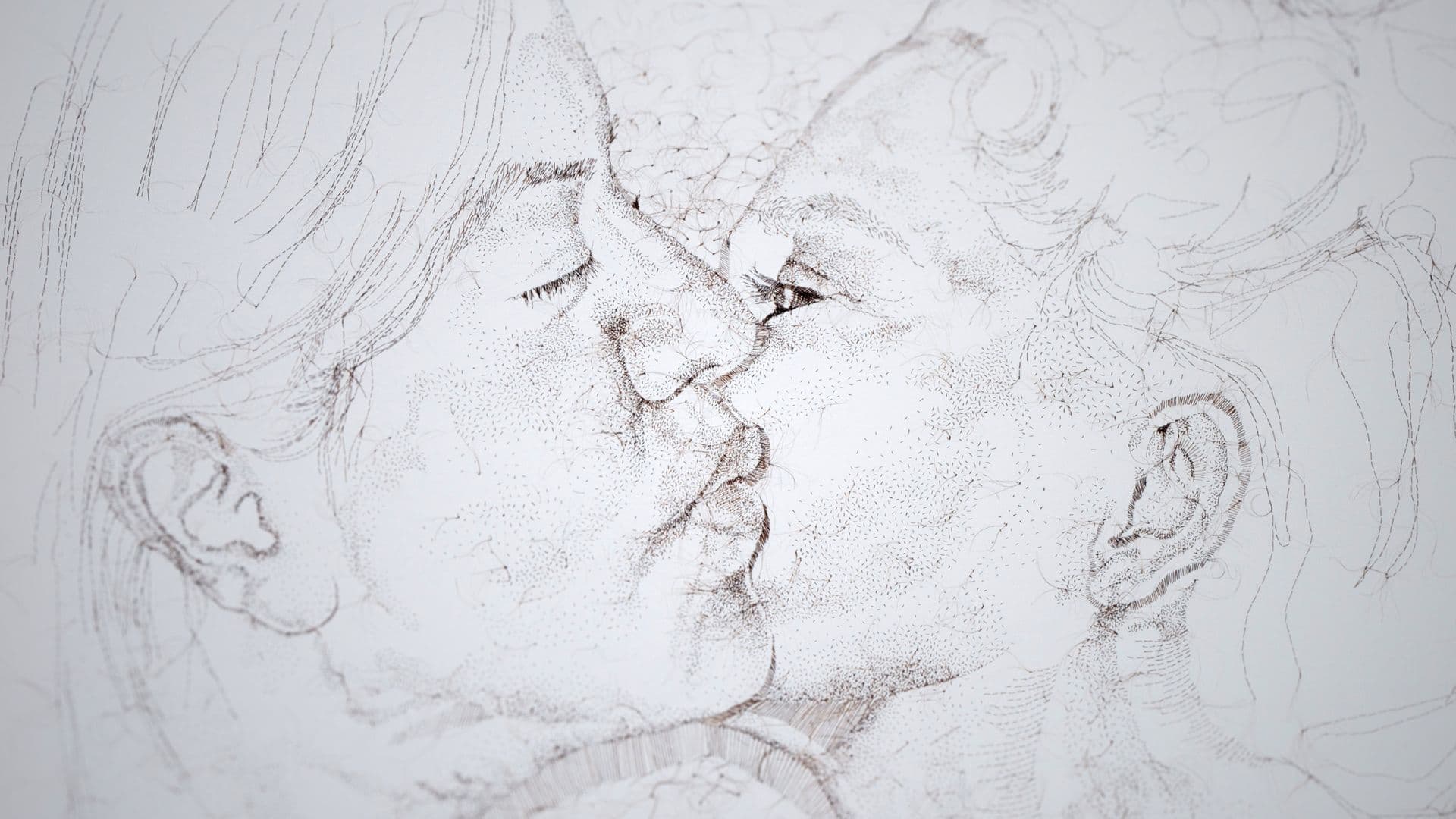
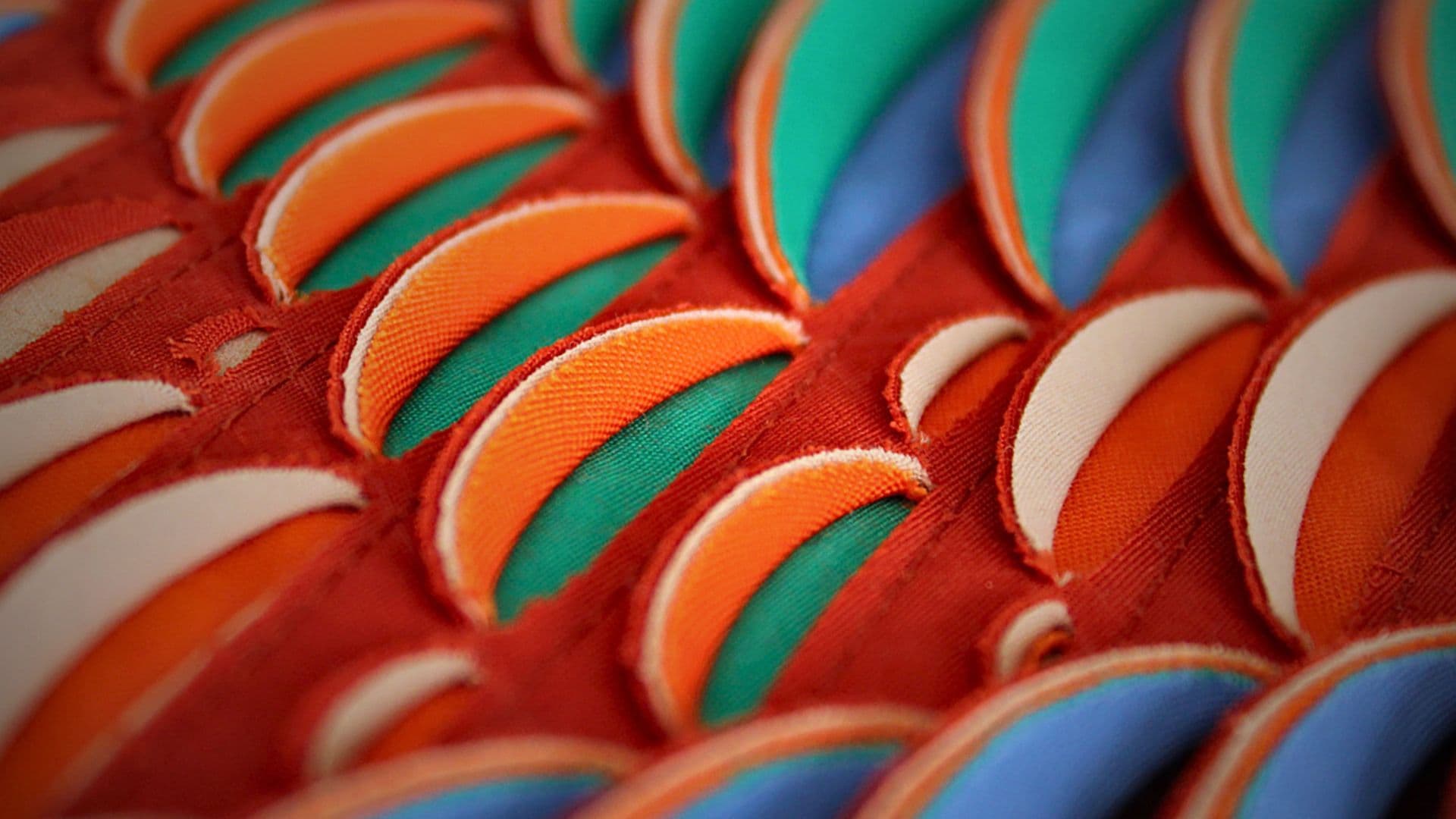

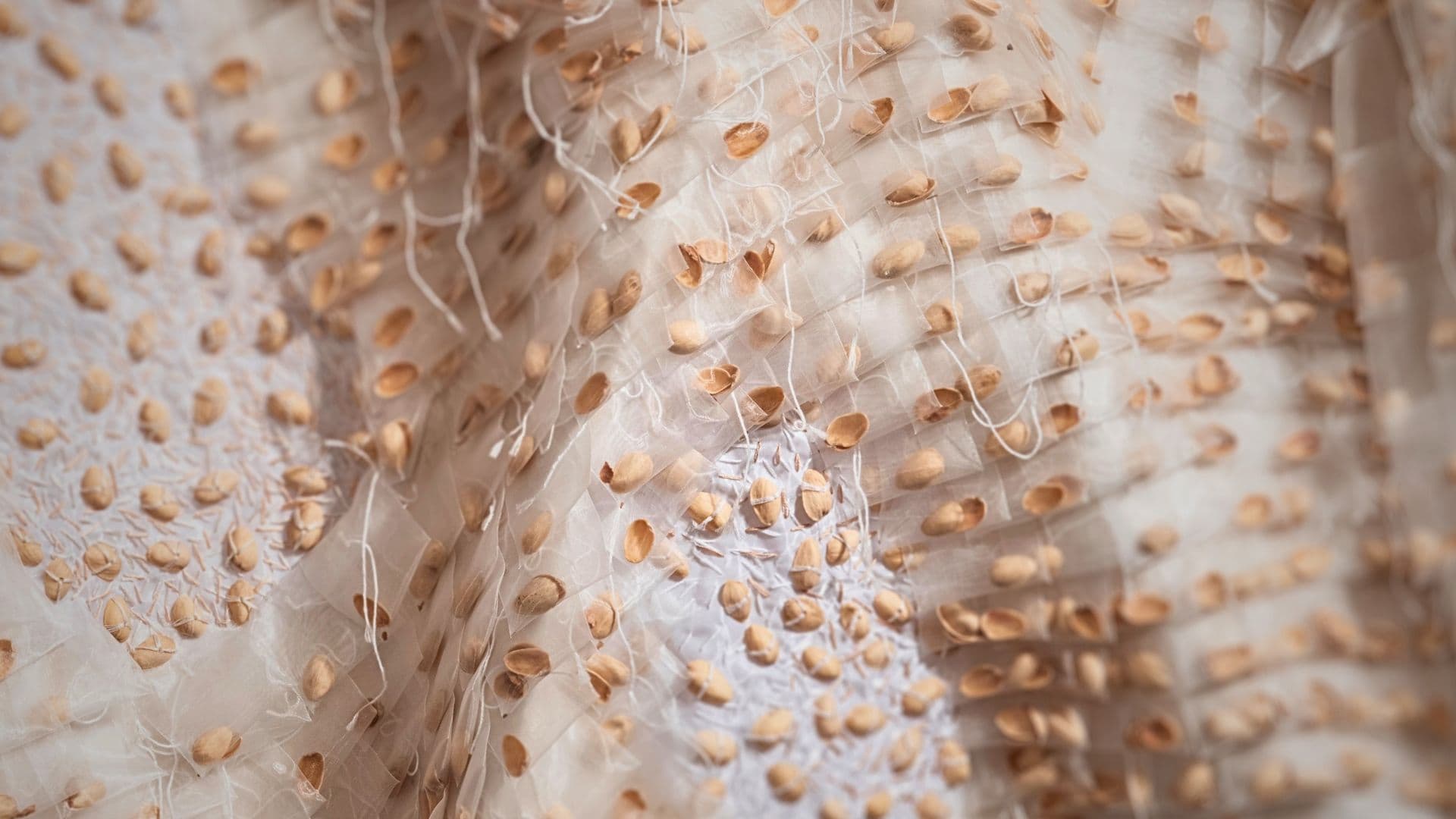
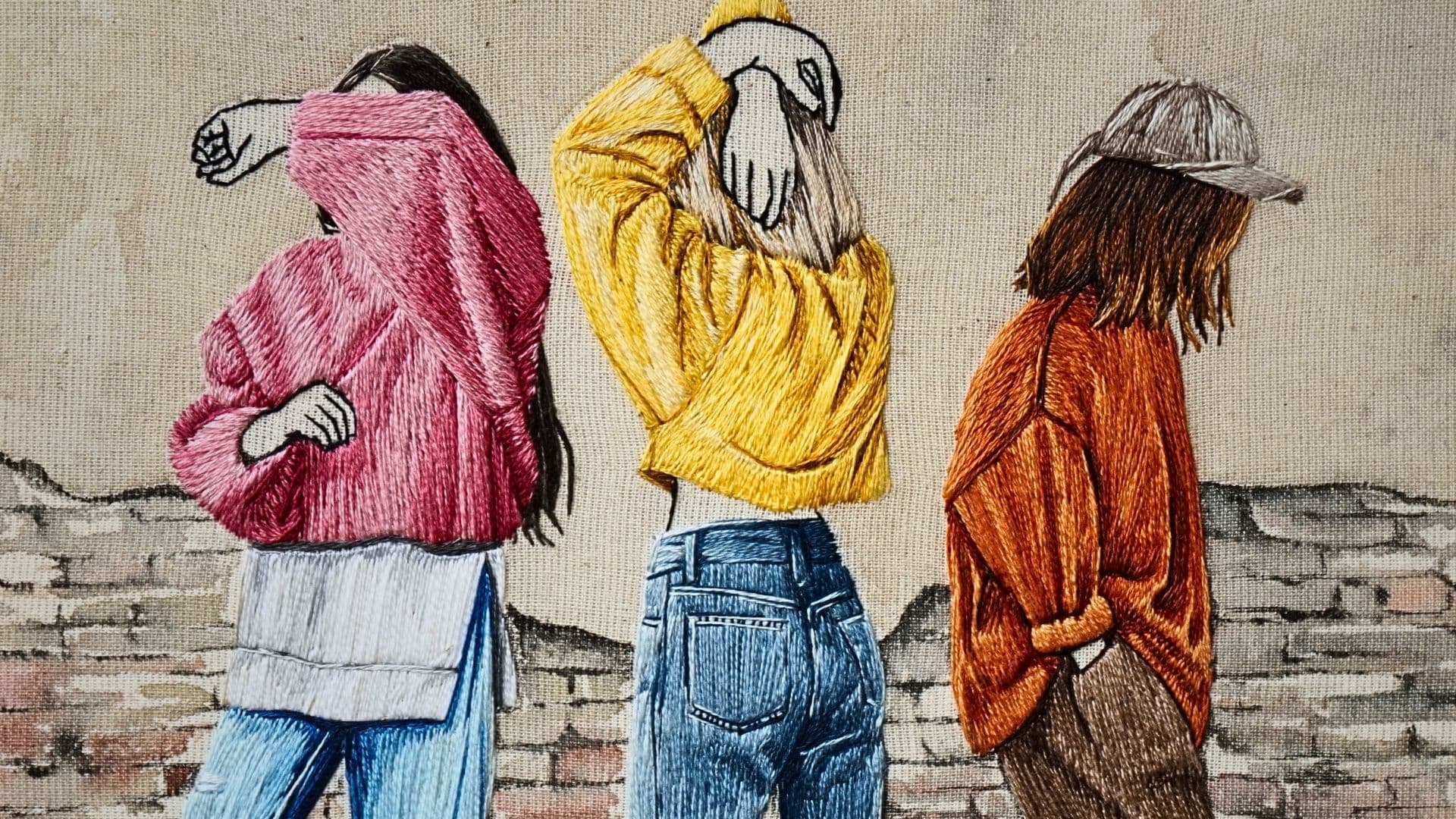
Comments